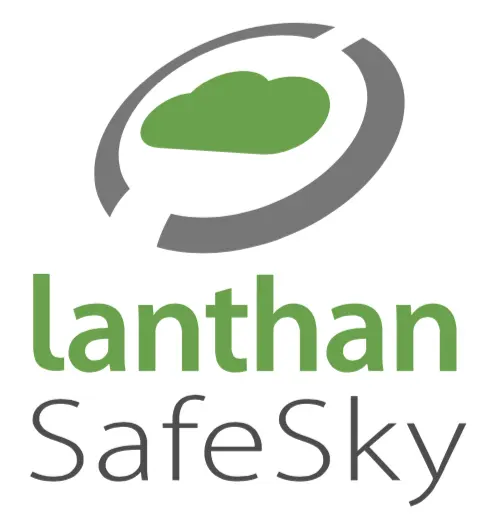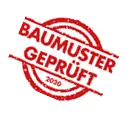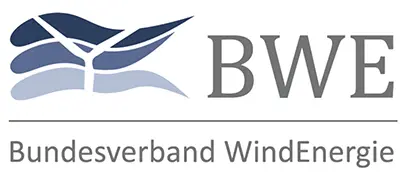Transponder- or radar based system: Which one is better?
ADLS – Aircraft detection lighting systems for wind power stations
Transponder- or radar based system: Which one is better?
As a leading partner for innovations in the wind power industry, our expertise lies in aircraft detection lighting systems (ADLS) for wind power stations. With a clear focus on efficiency, safety and sustainability, we offer tailor-made solutions in order to meet the requirements of the wind power industry. In doing so, we keep coming across the same question, i.e. which is better: the transponder-based or the radar-based aircraft detection lighting system? As Germany’s first company to have obtained approval for the transponder-based technology, it goes without saying that we are 100% convinced of this ground-breaking possibility. When we directly compare the two technologies, it shows that the transponder has objective advantages. In the passages below, we have compared the two technologies and give you a summary of both.
What are the advantages of an aircraft detection lighting system (ADLS) for wind power stations, or:
What do a transponder-based aircraft detection lighting system and a radar-based ADLS have in common?
In the past few years, wind power has become one of the most important sources of renewable energy in order to meet the increasing energy demand and reduce CO2 emissions. The traditional uninterrupted lighting of wind power stations caused light pollution during the night, had an ecological impact and resulted in losses of energy. This is why conventional lighting systems of wind turbines activated during the night to ensure air traffic safety involve quite a few disadvantages. These disadvantages can be overcome by the introduction of radar-based or transponder-based aircraft detection lighting systems.
One of the major advantages of aircraft detection lighting systems is the considerable reduction of light pollution. Conventional permanent lighting systems have a negative impact on the environment and wildlife which can be severely disturbed. Migratory birds, bats and insects, for example, are often attracted by artificial light, which leads to collisions with the wind turbine blades. The aircraft detection lighting system recognises the actual air traffic and only activates the lighting when flying objects are close. This reduces the number of insects, bird and bats that are attracted by the power stations, minimises collisions and makes a significant contribution to reducing environmental pollution at night – an advantage of both the radar-based and the transponder based ADLS.
Another advantage is energy efficiency. Obsolete lighting systems constantly consume electric power all through the night, irrespective of whether there is air traffic or not. This results in unnecessary consumption of energy which can be prevented. Both the transponder-based technology and radar-based systems allow the targeted activation of the lighting when air traffic is detected. This actively saves energy and increases the useful life of the lighting components.
In addition to this, the aircraft detection lighting system contributes to the better acceptance of wind power stations by the public. A frequent concern regarding wind farms is that their lighting at night is a blemish on the landscape. Reducing permanent lighting minimises the visual impact of the farms at night which may result in people seeing them more positively.
Comparison of a transponder-based ADLS and a radar-based ADLS
The aircraft detection lighting system (ADLS) for wind power stations has established itself as a ground-breaking technology that reconciles the requirements of air traffic safety and environmental protection. But before implementing ADL systems, operators have to decide between transponder- and radar-based solutions. This comparison takes a closer look at both technologies in order to offer operators well-founded support for their decisions.
What makes a transponder-based aircraft detection lighting system so attractive
The transponder-based aircraft detection lighting system (ADLS) is game-changing technology for optimising the lighting of wind power stations at night. One of the key elements of this system are the transponders from which the system derives its name. These small but powerful devices allow the smart control of wind power stations, based on actual air traffic and environmental conditions.
When an aircraft is close to a wind power station, the transponder sends a signal to the station in order to activate the required aircraft detection lighting system. This approach minimises light emissions, helps save energy and reduces the impact of the station on the countryside during the night while ensuring air traffic safety at the same time. Transponders provide effective protection for aircraft with a small radar cross-section (RCS), such as balloons or gliders. The radar-based aircraft detection lighting system works in a similar manner, but independently and without direct communication with the aircraft.
The transponder-based aircraft detection lighting system for wind power stations is an innovative solution that allows an efficient and environmentally friendly use of wind power.
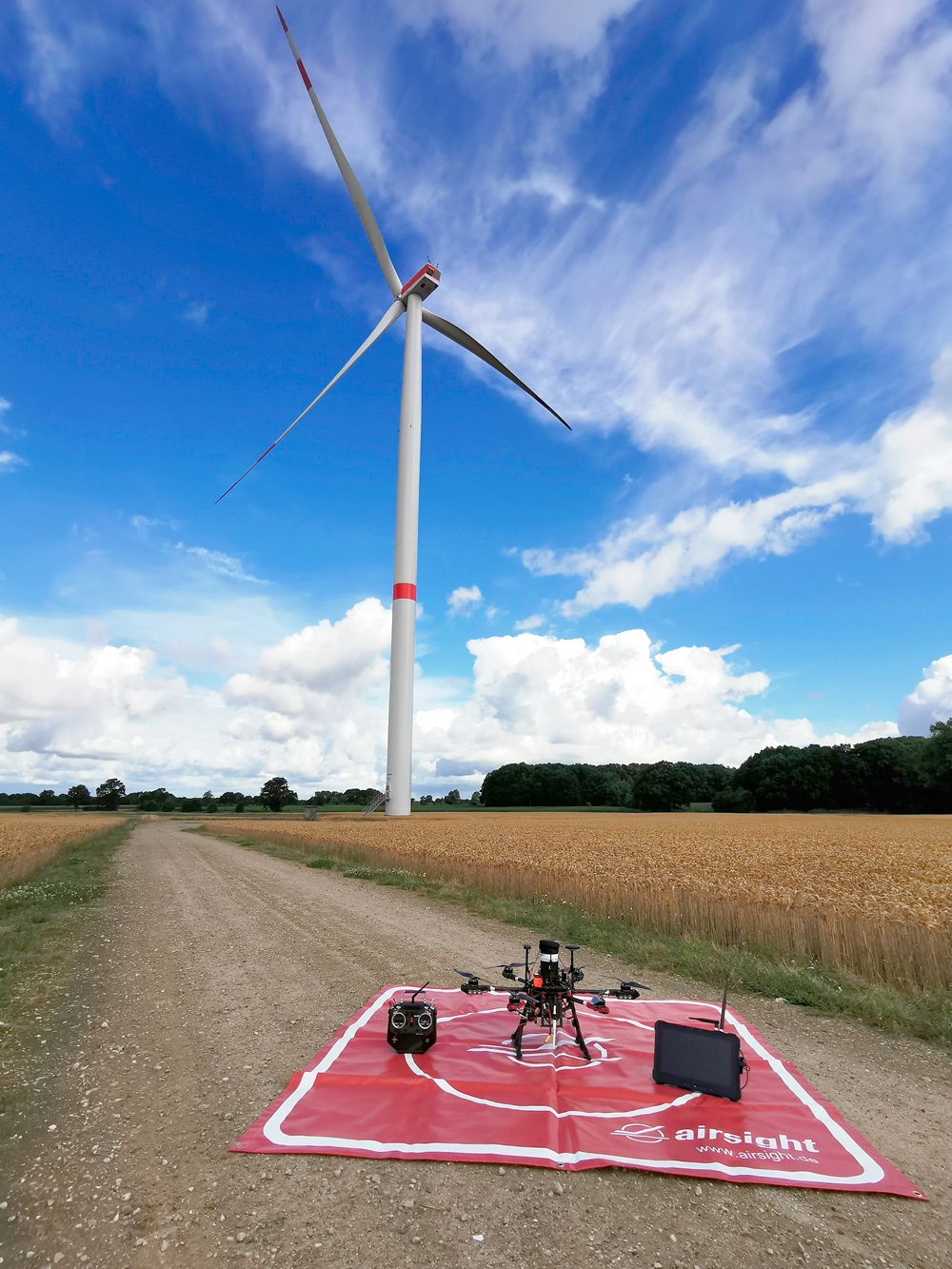
In addition to its advantages concerning the environment and the population, the transponder-based aircraft detection lighting system also offers economic benefits. Through the reduction of the amount of energy consumed and the lower maintenance costs (including the increased service life of the lighting components), it lowers the operating costs of wind power stations. This contributes to the increased efficiency and profitability of wind farms, which pays off especially as regards the growing importance of renewable energies for energy supply.
In general, the costs of transponder-based ADL systems very much depend on specific factors. The plant type, the size of the project, the already available network infrastructure or the works and services provided by the customer all play a major part. Yet, it can definitely be said that the costs of a transponder-based aircraft detection lighting system compared to those of a radar-based system are significantly lower.
As a whole, the transponder-based aircraft detection lighting system for wind power stations shows itself as a very promising innovation offering a number of advantages. Ranging from the reduction of light pollution and energy consumption to the promotion of its acceptance by the public up to the improvement of profitability – this system contributes to surmounting the downsides of conventional lighting systems and keeps increasing the efficiency and sustainability of wind power generation.
As is the case with any technology, there are some potential disadvantages that have to be considered despite the great number of advantages of the transponder-based aircraft detection lighting system for wind power stations. For example, transponder-based ADLS have to be expertly installed, serviced and repaired, if necessary to ensure their reliable function. Working together with experienced experts like us minimises all risks and guarantees optimum efficiency.
As you can see, the advantages of a transponder-based aircraft detection lighting system for wind power stations significantly outweigh its disadvantages. Some challenges demand more attention in order to obtain a reliable, adaptable and efficient system. A strong and experienced partner like Lanthan Safe Sky can make all the difference.
Why the radar-based aircraft detection lighting system falls behind
The radar-based aircraft detection lighting system of wind power stations uses a radar for air surveillance. It detects planes and aircraft by their movements and analyses and classifies them based on these movements. The lighting system of the wind power station is only activated when an aircraft approaches and thus reduces light pollution and saves energy. This increases people’s acceptance of the stations and minimises the impact they have on the environment. There is no big difference between the general functions of either technology – so let’s have a closer look.
Radar-based systems use state-of-the art sensors for the surveillance of the air space around wind power stations. Through the real-time detection of aircraft movements, these systems can activate the aircraft detection lighting system in a targeted manner as soon as an aircraft comes near. As far as their function is concerned, there is no significant difference between radar and transponder systems in terms of safety, but there is a big snag: radar detection cannot be ensured without any gaps. The air space above the Atlantic, for example, belongs to the areas not covered by radar. This is why all aircraft are obliged to use a transponder. Transponders must also be used in so-called Transponder Mandatory Zones (TMZ), for example in areas where small sporting aircraft without radio link share the air space with passenger aircraft. It is well known from air traffic safety operations that radar systems are susceptible to malfunctions or disturbances. Small sporting aircraft, gliders or hot air balloons, for example, can literally fly below the radar because of their small radar cross-sections and thus become a safety hazard. Consequently, radar-based systems alone are not enough to ensure safety in modern air traffic.
Some other disadvantages could also have an adverse effect on the implementation and operation of this technology. A major disadvantage can be found in the technical complexity of radar-based aircraft detection lighting systems. The integration of radar-based systems for the detection of air traffic requires sophisticated sensors and reliable data processing. The installation, maintenance and regular calibration of these systems can involve additional costs and demand more expertise, all of which exceeds what is necessary for conventional lighting systems. This may become a real challenge for minor operators of wind power stations.
When we look at the potential disadvantages of radar-based aircraft detection lighting systems in general, it becomes obvious that, despite their innovative approaches and advantages, there are quite a few challenges that can quickly make a wind power project unprofitable or unsafe. An in-depth evaluation of its technical and economic aspects is imperative in order to ensure a well-balanced and effective integration of this technology into the wind power industry.
Transponder or radar?
Taken as a whole, both transponder- and radar-based aircraft detection lighting systems offer effective methods of controlling the lighting of wind power stations at night. Whether one opts for one or the other of these technologies depends on individual requirements and conditions. The transponder-based ADLS is generally more efficient and accurate. Irrespective of what technology is selected, an aircraft detection lighting system is a step towards a sustainable future of energy, which both protects the environment and ensures air traffic safety. Lanthan Safe Sky stands by your side and helps you find and implement the optimum transponder-based ADLS solution for your wind power stations.
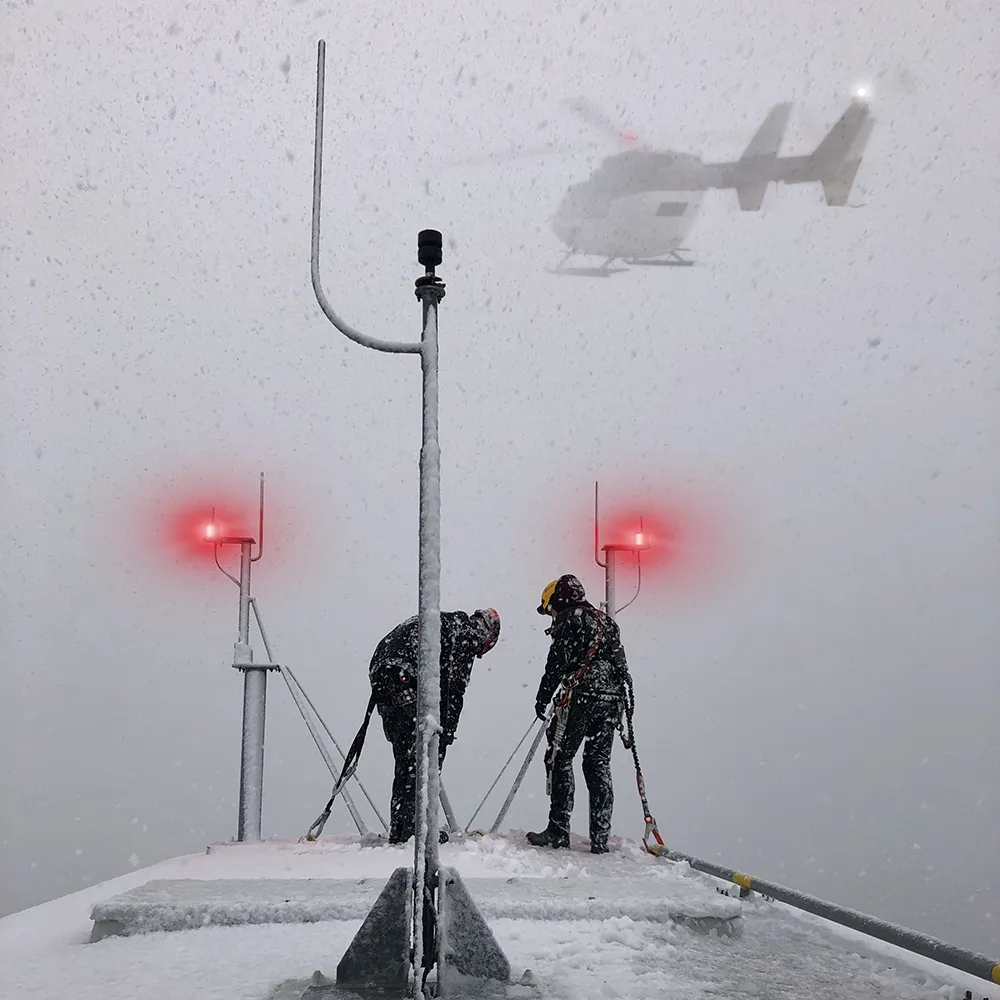
Integrated transponder-based ADLS concept
The concept of the transponder-based aircraft detection lighting system (ADLS) relies on the seamless integration of state-of-the-art technology and sustainable protection of the environment. Our solution allows our customers to optimise energy consumption by activating the lighting system only when it is really necessary. This not only reduces operating costs but also minimises the ecological impact.
Our transponder-based ADL systems are scalable and can be adapted to the specific requirements of your wind power stations. Whatever your requirements may be, we offer in-depth advice and support for their implementation. In this way, we ensure that you can fully benefit from the advantages of this advanced technology.
Approval process for aircraft detection lighting systems
An approval process is required before ADL systems can be realised. The approval and certification of ADL systems are of major importance and require both expertise and the necessary experience. It goes without saying that our experts will stand by your side to ensure that your ADLS solution meets all the required standards and regulations. We support you throughout the entire approval process, from the application up to installation and commissioning. In the process, we closely cooperate with the competent authorities and institutions in order to ensure that your ADLS solution obtains all approvals.
An overview of our transponder-based aircraft detection lighting system:
-
Safety first:
Our technology reliably detects aircraft from the ground up to great heights and switches the lighting off as soon as there is no aircraft in the defined range. -
Cost-efficient solutions:
Whether it is a single station or a cluster of wind farms: we convince our customers through low operating costs. -
Decades of experience as a pioneer:
Thanks to our long years of experience as a co-developer of the transponder-based ADLS, we achieve long off times and a minimal number of inadvertent activations. -
Smooth approval processes:
In close cooperation with our type test institute and the relevant authorities, we have established safe and low-risk approval processes and have been the first to implement them. -
Easy integration:
Our great variety of system interfaces allows trouble-free plug and play in all important types of wind power stations. -
No additional structural components or frequency regulations required:
Our system operates without additional structures and dependencies on DVB-T2. -
Already available:
Our system has been approved and is available.
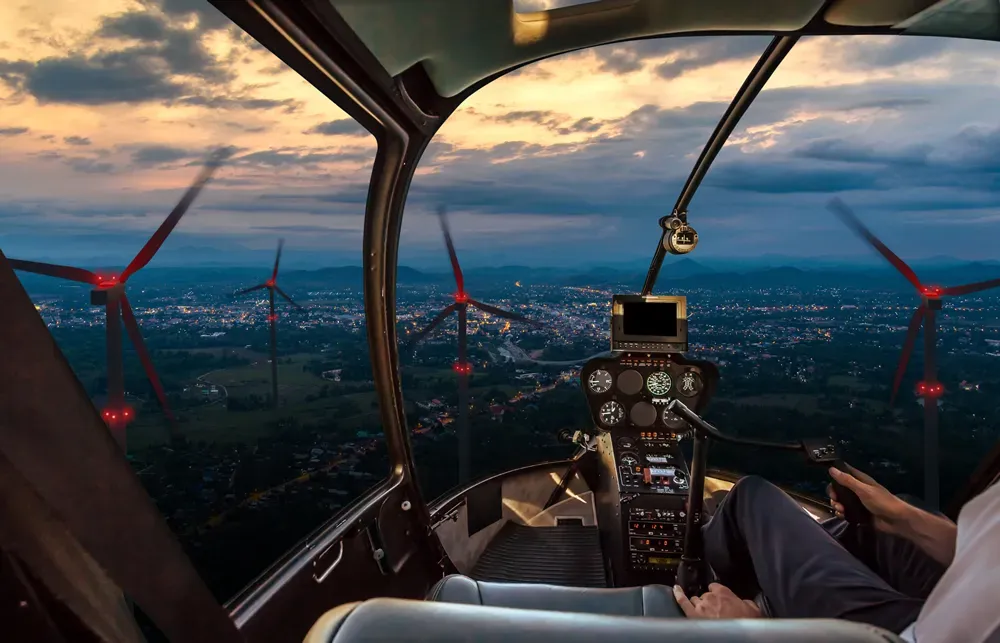
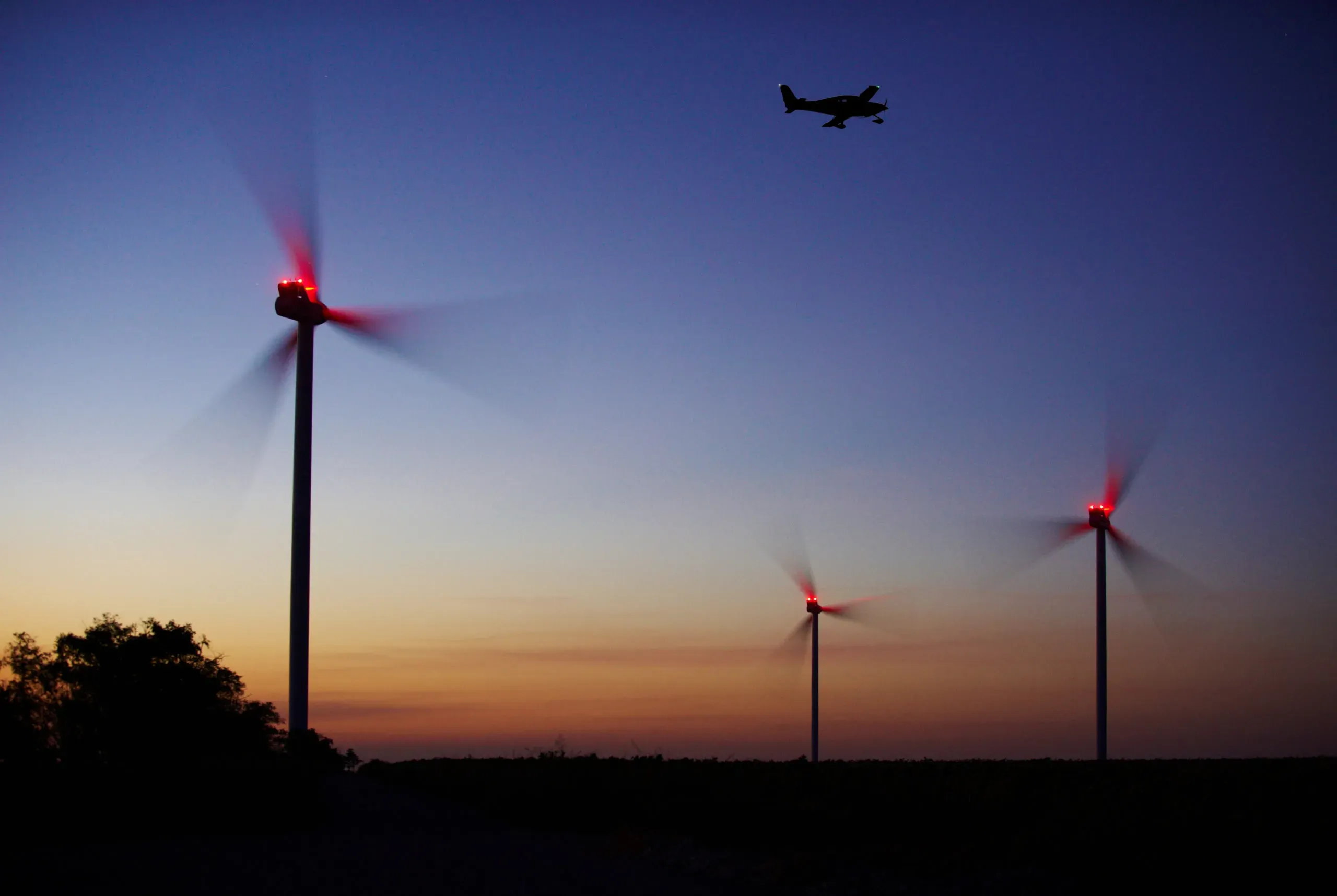
You still have some questions or would like personal advice?
If so, all you have to do is contact us right away – we look forward to your enquiry.
